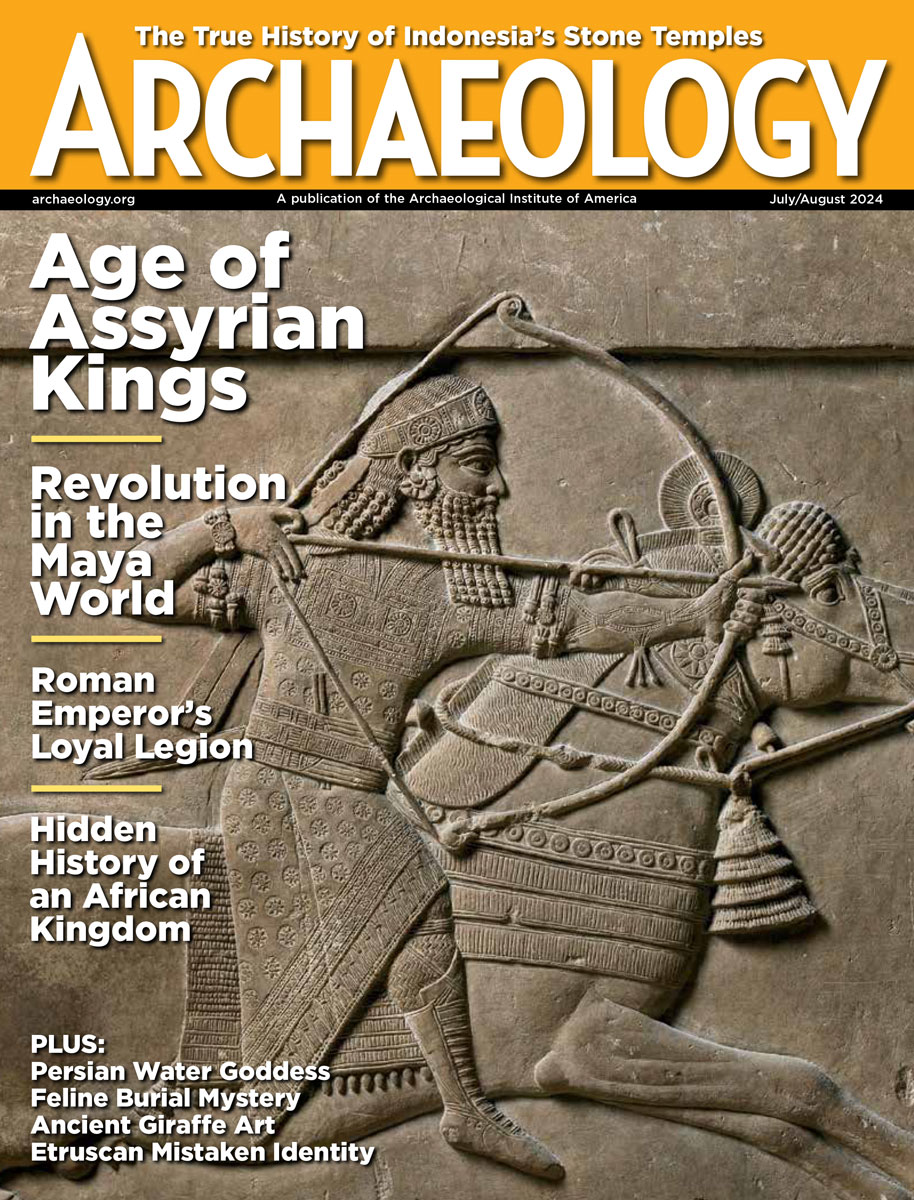Wednesday, January 25
January 25, 2012
Underwater archaeologists from the Woods Hole Oceanographic Institution and Greece’s Ephorate of Underwater Antiquities in Athens are using an autonomous diving robot to search for shipwrecks from the Age of the Minoans, more than 3,000 years ago. “Ships were the way that people communicated and moved about the ancient world. So if we can find these ancient wrecks, we get a much clearer view of the very dim past,†said Brendan Foley of Woods Hole.
University of Cambridge researcher Britt Baillie thinks that the men buried in a mass grave of beheaded skeletons in southern England may have modeled themselves after a legendary group of mercenaries known as the Jomsvikings.
Environmental changes have damaged the site of Star Carr in North Yorkshire, England, where hunter gatherers lived in a large settlement some 11,000 years ago. “The water table has fallen and the peat is shrinking and it is severely damaging the archaeology. The water keeps the oxygen and bacteria out and because they are now going into these deposits that is causing a lot of problems,†said Nicky Milner of the University of York.
St. Augustine’s City Commission has passed a resolution urging residents to protect the city’s cultural heritage from exploitation, in the wake of a proposed television show about digging up artifacts in local backyards. “We can’t tell people what they can or cannot do on their property. …This resolution is an opportunity to educate people,†said Commissioner Nancy Sikes-Kline.
Excavation of Brazil’s “Cais do Valongo†is turning up information about the colonial slave trade.
- Comments Off on Wednesday, January 25









